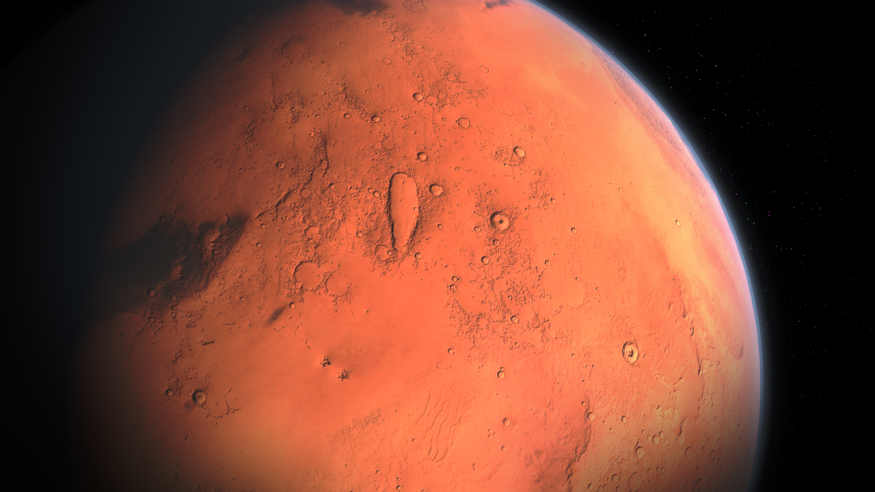Scientists from all over Earth are interested in exploring Mars further for its potential to host life. NASA's rover missions, the latest of the Perseverance rover, have a primary goal to check for life and the possibility that the Red Planet could have hosted life in the past.
The Perseverance rover has been sending NASA scientists images of the Red Planet as it goes about its mission with the Ingenuity helicopter. Now, NASA JPL Mars Reconnaissance Orbiter (MRO) sent new images of the Martian surface that is unlike any other previous images of Mars.

New Mail From Mars
In a recent Instagram post of NASA, they showed new photos of Mars with the caption: "You've got mail from Mars. Our @NASAJPL Mars Reconnaissance Orbiter recently released new images showing off the many different features of the Red Planet!"
The new mail from Mars is an additional knowledge for humans to study the Red Planet, which has long been the source of fascination of humankind with its mystery and intrigue. For millennia, it has remained an enticing and enigmatically magical planet that scientists still need to uncover, according to WION.
However, the recent images might change that, as it brings humankind one step closer to knowing the secrets of its nearest neighbor. NASA showcases three photos in the IG post, showing geological formations on the Red Planet that ancient Egyptians would have described as the "Horus of the Horizon."
According to Mashable, the first image showed a layered rock formation within Jiji Crater that has been eroded. Meanwhile, the second image is a photo of a unique polar dune field in the northern spring. Lastly, the third photo is an image of ice sheets that are spread across the south pole of Mars.
The photos were taken by MRO's powerful camera called HiRISE that has helped in numerous discoveries by capturing thousands of stunning images of the Martian surface that are sent back to Earth to help scientists learn more about Mars, such as the history of water in the Red Planet.
Perseverance Rover on Mars
Science Times previously reported in June that NASA released a 360-degree image of Mars captured by the Perseverance rover's Mastcam-Z stereo imaging system. The whole photo was made up of 2.4 billion pixel images of combined 992 separate images of the Van Zyl Overlook.
It is part of the rover's role in fulfilling the Mars 2020 mission to characterize the geology of Mars and its past climate for future human exploration. It is then ready to collect the first Martian rock samples.
In a Twitter post, NASA took a photo of the location where it will dig the Martian rock samples that will be sent in the early 2030s during a NASA/ESA mission.
"When Neil Armstrong took the first sample from the Sea of Tranquility 52 years ago, he began a process that would rewrite what humanity knew about the Moon," NASA associate administrator for science Thomas Zurbuchen said as quoted by RepublicWorld.com.
"I have every expectation that Perseverance's first sample from Jezero Crater, and those that come after, will do the same for Mars. We are on the threshold of a new era of planetary science and discovery," he added.
Check out more news and information on Mars in Science Times.
© 2025 ScienceTimes.com All rights reserved. Do not reproduce without permission. The window to the world of Science Times.












